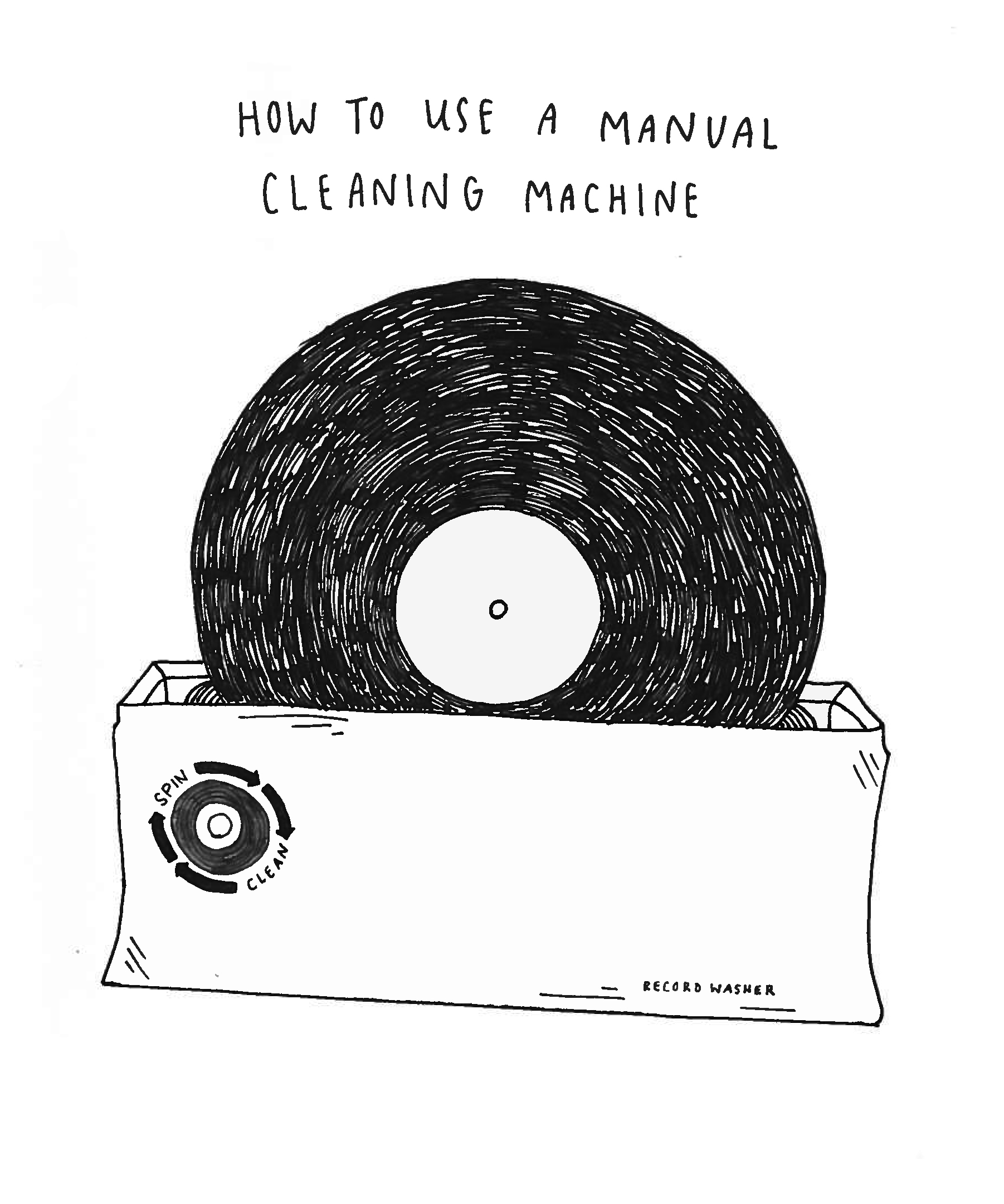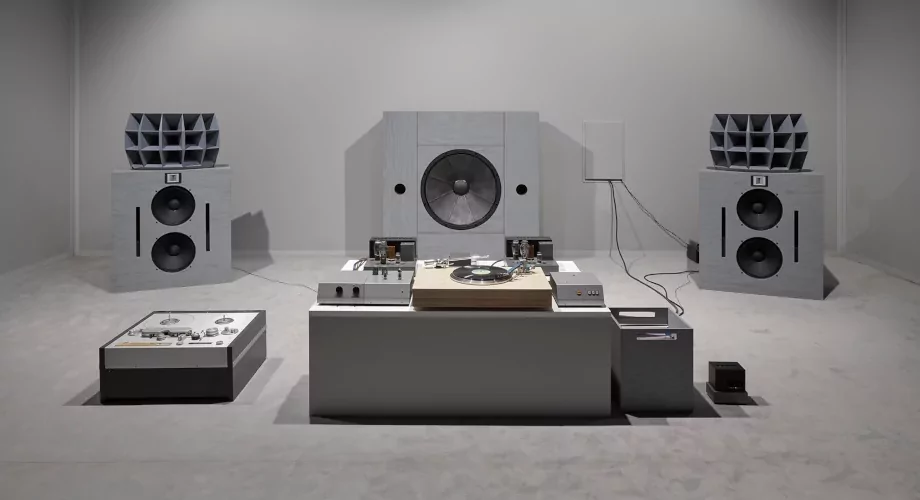Published on
April 5, 2018
Category
Features
Everything you always wanted to know about vinyl but were too afraid to ask.
Whether you’re a seasoned audiophile or a new recruit, our FAQ series aims to tackle questions big and small about records, turntables and everything in between.
From quizzical musings like “What does dust actually do to my records?” to the more fiddly “How do I change the cartridge?” or just handy information like “What’s the difference between a belt and direct drive deck?”, this series will have you covered.

Generally seen as one step up from manual vinyl cleaning pads or brushes, the manual cleaning machine can be surprisingly effective.
Surprisingly, there are not too many of these machines out there on the market. They offer superb value for money for a low price, and provide relatively deep cleaning so that even some of that hard-to-shift dirt can be worked loose.
More than that though, manual cleaning machines make a good fist of shifting vinyl release agent; a little discussed part of vinyl cleaning that is often ignored.
When a vinyl record is pressed, one reason it doesn’t stick to the stamper on the machine is the metal releasing agent that it part of the chemical compound of the PVC. The trouble is, the agent itself never fully leaves the vinyl grooves until you do something about it. Manual cleaning machines might not remove it all, but enough will be shifted to improve sound quality no end.
Generally, these ‘machines’ ask you to push a pivot through the record’s spindle hole. You then place the pivot on the edge of a bath full of cleaning liquid. The lower portion of the record, which is sitting vertically in the machine, is bathed in the liquid. The idea is to physically rotate the record around the machine’s pivot which not only soaks the grooves in the liquid bath but also scrubs the grooves with either fixed brushes or pads.
The result is often impressive sonically, especially if you rotate the record a dozen or more times in each direction (clockwise and anti-clockwise). The record is then left to dry vertically on a supplied rack.
Illustration by Abigail Carlin
Catch up on previous questions below:
FAQ 01: When should I change my needle?
FAQ 02: How does dust affect my records and needle?
FAQ 03: What is anti-skate and how does it work?
FAQ 04: How to clean your records by hand





